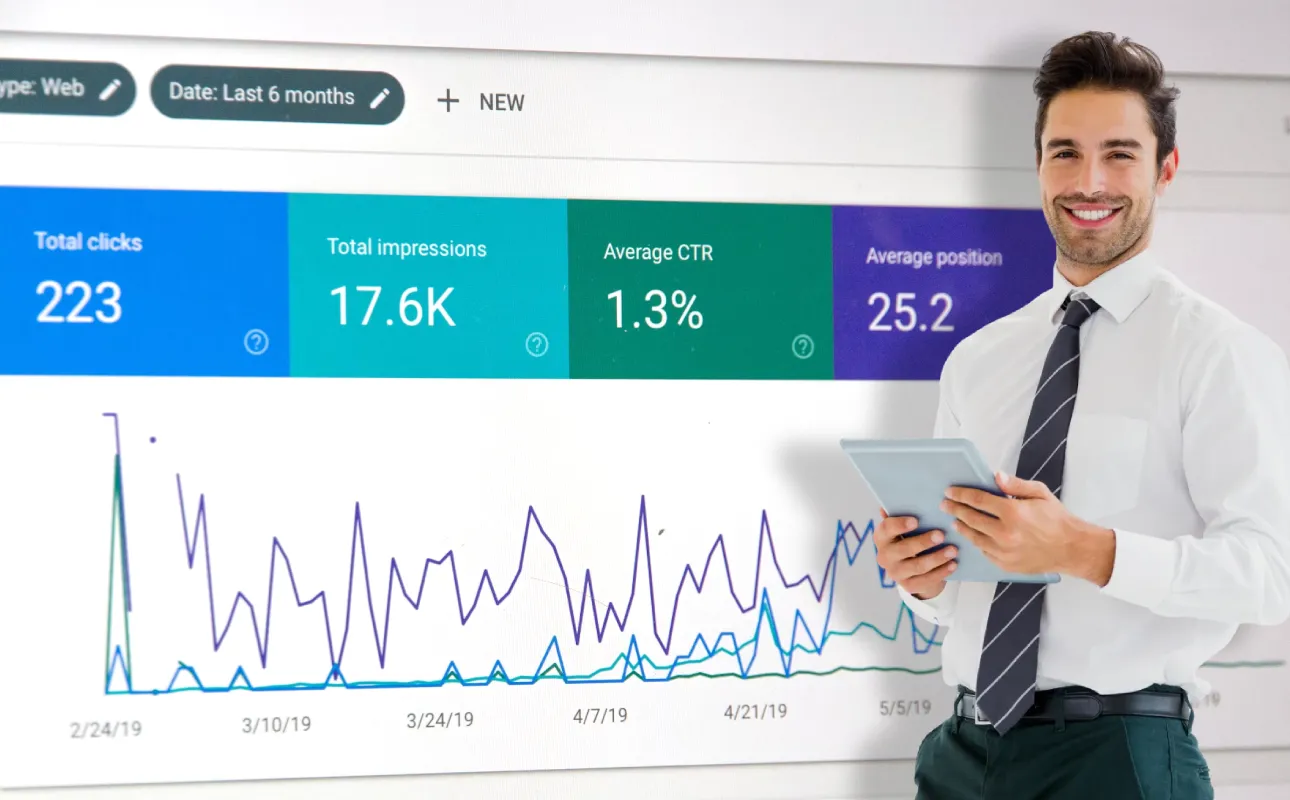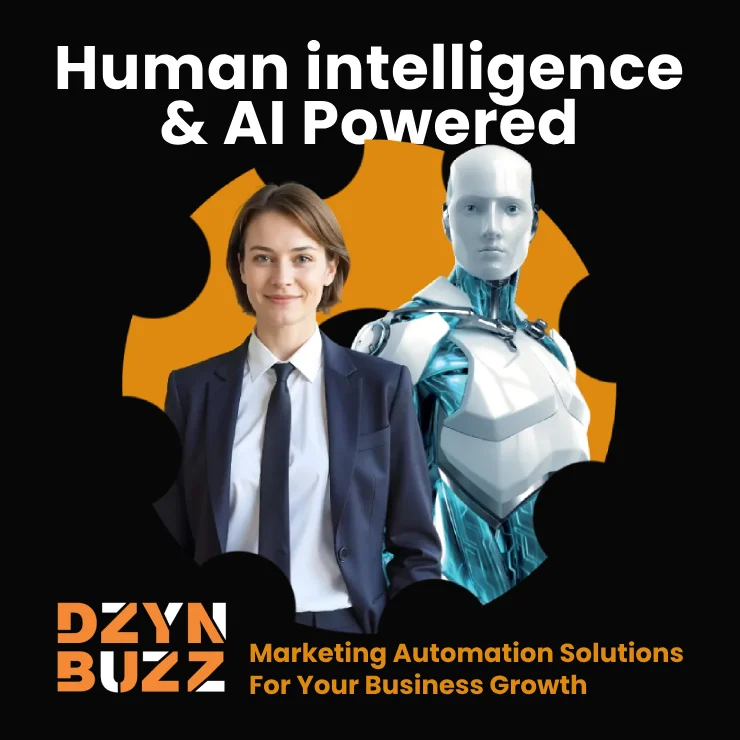Introduction
Your website looks great—but is it selling? If visitors aren’t converting, design is often the culprit. This guide breaks down proven tactics—from persuasive layouts to psychological triggers—that transform browsers into buyers. Let’s unlock the revenue hidden in your design.
“It’s much easier to double your business by doubling your conversion rate than doubling your traffic.” – Bryan Eisenberg
What is Conversion Rate Optimization (CRO)?
Conversion Rate Optimization is the process of increasing the percentage of users who take a desired action on your website, landing page, or app. These actions can include:
- Making a purchase
- Signing up for a service
- Filling out a contact form
- Downloading a white-paper
- Clicking a call-to-action (CTA)
In short, CRO is all about turning visitors/ prospects into customers.
Conversion Rate Formula:
Conversion Rate = (Number of Conversions / Total Visitors) × 100
It combines psychology, user behaviour, A/B testing, and visual communication to improve ROI from your existing traffic.
Why is CRO Important?
Optimizing your conversion rate gives you more value from the traffic you already have. Instead of spending more on ads or SEO (Search Engine Optimization), CRO (Conversion Rate Optimization) helps you make the most of your existing audience.
Key Benefits of CRO:
- Increases ROI: Higher conversion rates mean more revenue without additional spending.
- Enhances User Experience: CRO often involves improving website usability, which benefits your visitors.
- Drives Business Growth: More leads, more customers, and ultimately, more profit.
- Data-Driven Decisions: CRO relies on testing and analytics rather than guesswork.
- The average website conversion rate across industries is 2.35%, but top-performing sites convert at 5.31% or higher (WordStream).
- Companies using CRO tools see a 223% increase in ROI (Econsultancy).
- 74% of businesses say CRO improves the quality of leads (VWO).
How Does CRO Work?
Conversion Rate Optimization is not guesswork—it’s a structured, data-driven process. Here’s how it typically works:
1. Analyze User Behavior
Use tools like:
- Google Analytics – Track bounce rates, time on site, and conversion paths.
- Hotjar / CrazyEgg – Visualize clicks, scrolls, and user sessions.
2. Identify Problem Areas
Find where users drop off, ignore CTAs, or abandon forms. Look for:
- High bounce rate pages
- Low-performing landing pages
- Unclear navigation or messaging
3. Hypothesize & Plan
Create a hypothesis:
“If we simplify our sign-up form, conversions will increase.”
4. A/B Testing
Test two versions of a page (original vs. variant) using:
- Google Optimize
- Optimizely
- VWO
Measure which version performs better based on actual user actions.
5. Implement & Monitor
Deploy the winning version and keep monitoring performance. CRO is ongoing—it’s about continuous improvement.
When Should You Focus on CRO?
You should focus on CRO when:
- You have steady traffic but low conversions.
- Your ads are performing well, but leads are not converting.
- You’re launching a new product or campaign and want to maximize performance.
- You’re scaling and want more efficient customer acquisition.
CRO isn’t just for big companies—it’s essential at any stage of business when user actions impact revenue.
Where is CRO Applied?
CRO can be applied across various touchpoints:
1. Websites & Landing Pages
Optimize design, copy, load speed, and CTAs.
2. E-commerce Checkouts
Simplify the checkout process to reduce cart abandonment.
3. Forms & Lead Pages
Shorter, clearer forms typically convert better.
4. Mobile Experiences
Ensure mobile responsiveness and fast loading times.
5. Email Marketing & Ads
A/B test subject lines, visuals, and CTAs to boost click-through and conversion rates.
Key Design Elements That Influence Conversions
1. Clear Value Proposition
Let visitors know in the first 3 seconds why they should care.
Tip: Use a bold headline + subheadline combination that solves a pain point.
2. Simplified Navigation
Too many options can create friction.
Tip: Guide users with a clear path using buttons, breadcrumbs, and concise menus.
3. Strong Visual Hierarchy
Draw attention where it matters.
Tip: Use size, contrast, and whitespace strategically.
4. Trust Signals
Social proof builds credibility.
Tip: Add testimonials, reviews, partner logos, and secure payment badges.
5. Effective Call-to-Actions (CTAs)
Make it easy (and tempting) to take the next step.
Tip: Use active verbs like “Get Started,” “Claim Offer,” or “Book Your Demo.”
Websites with optimized CTAs see up to 121% more conversions, according to WordStream.
CRO Tactics That Work Today
| CRO Tactic | Why It Works |
|---|---|
| Heatmaps & Session Recordings | See where users click and where they drop off |
| A/B Testing | Test design variations to find top performers |
| Mobile-First Design | Mobile visitors often outnumber desktop users |
| Speed Optimization | Every second delay can reduce conversions by 7% |
| Exit-Intent Popups | Recover abandoning users with timely offers |
Landing Page Optimization Checklist
- Minimal distractions
- One primary CTA
- Above-the-fold offer
- Engaging hero image or video
- Benefit-driven copy
- Page speed under 3 seconds
UX Psychology Principles That Boost CRO
- Hick’s Law: Fewer choices = faster decisions
- Fitts’s Law: Make clickable targets easy to reach
- Zeigarnik Effect: Incomplete actions (like a half-filled form) encourage completion
- Colour Psychology: Use emotion-driven colour schemes (e.g., green for action, blue for trust)
Real-World Example of CRO Success
Dropbox improved its homepage and streamlined its sign-up process. Result? A 10% increase in conversions, translating to millions in new revenue with no increase in traffic.
Conclusion: Design With Intent
Conversion Rate Optimization isn’t just a tactic – it’s a mindset. It’s about understanding your users deeply and continuously improving how you guide them toward taking action. In a digital world full of distractions, CRO helps your business stand out, perform better, and grow faster -without spending more on getting new visitors.
Every pixel on your page should support a business goal. Whether you’re redesigning your website or optimizing your current one, smart design can dramatically improve conversions—and your bottom line.
Ready to boost your conversions?
Start with small changes, test consistently, and always let the data guide you. Your audience and your bottom line will thank you. Partner with DzynBuzz to optimize your landing pages and funnel performance → Talk to us at DzynBuzz.Com













